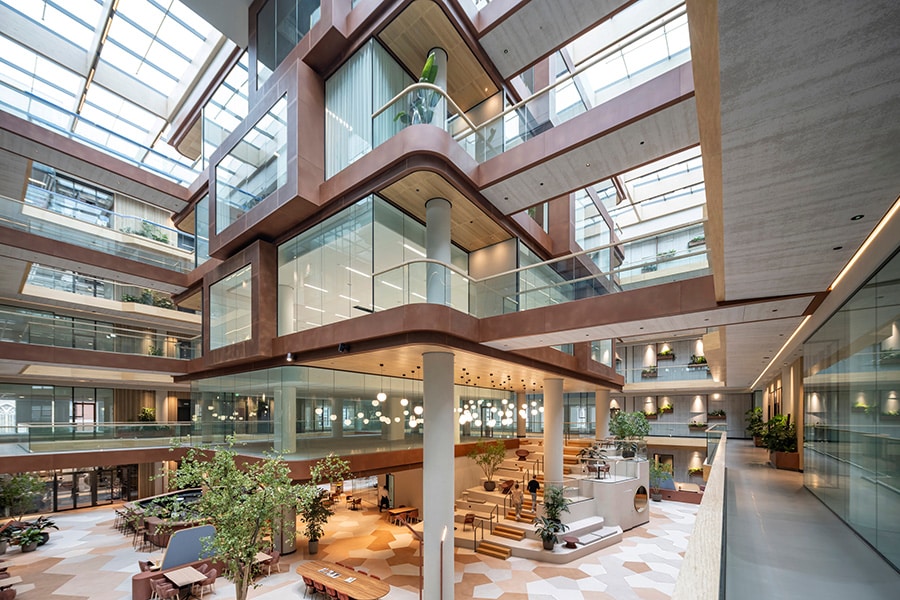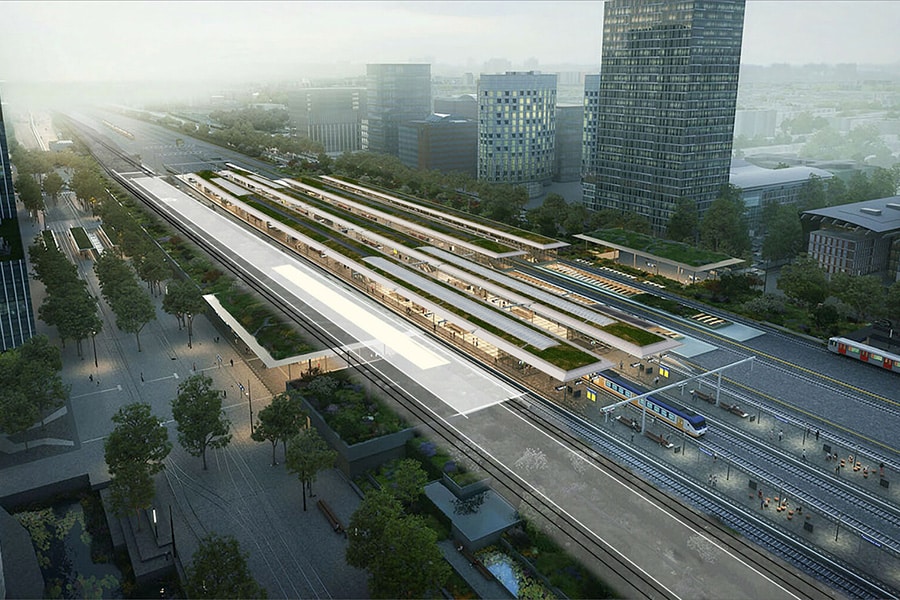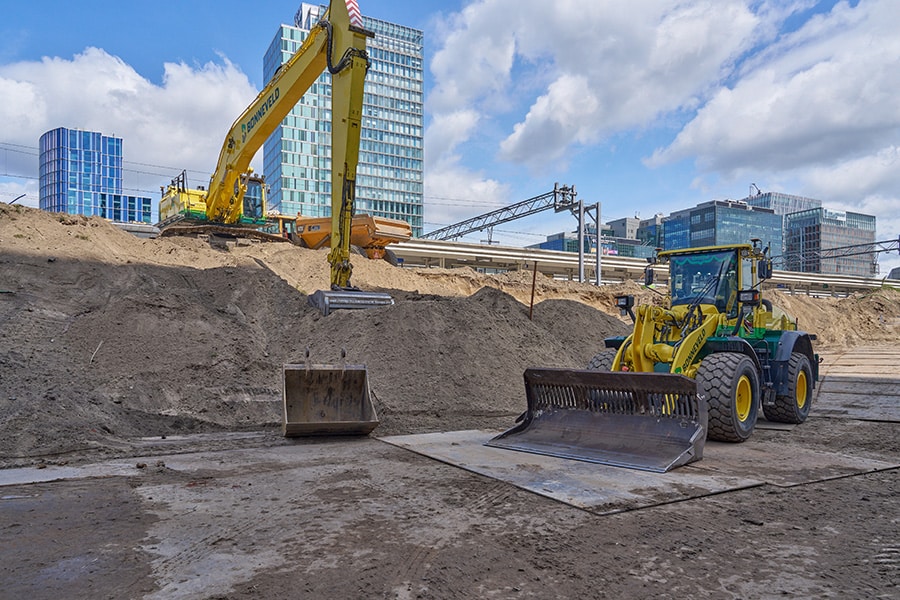
Sustainable and innovative, for today and tomorrow
Sustainability is high on the agenda of more and more companies. Due to the energy transition, rising energy costs and government sustainability goals, more and more companies are exploring the possibilities of renewable energy from the sun, soil and outdoor heat. Van Dorp is taking the lead in this. From new construction to renovation, from advice to realization and operation and in close cooperation with clients, consultants and contractors, it realizes the best technical solutions for every building and every sustainability issue. This is how it gives substance to its payoff every day: Van Dorp. For tomorrow.
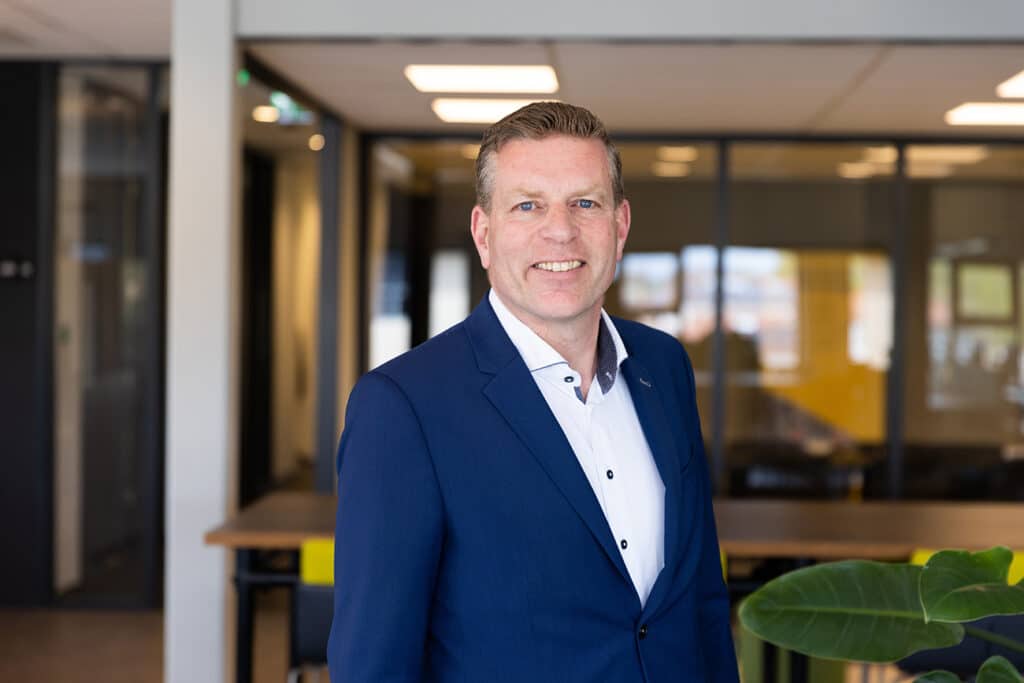
The pay-off very succinctly summarizes what the technical family business stands for: leaving a better and cleaner world for our children and grandchildren. An ambition that is fulfilled in numerous ways. At company level, employee level and project level, and always on the basis of knowledge, respect and passion. "Our technical knowledge and expertise are increasingly being requested at the front end of projects," says Managing Director Martin ten Brummeler. "Especially in existing buildings, where we are often already involved as a maintenance party. How can the generation of heat and cold be fulfilled as sustainably as possible? And what about ventilation? What techniques are available in the market? How sustainable, reliable and energetic are these techniques? And how can they be fitted properly and quickly into the existing building? By working very closely with the client, consultant and contractor, we can provide customized solutions for each project. Building and technology are coordinated down to the last detail. Moreover, the maintenance and management phases are well anticipated, which also makes sustainability and TCO go together perfectly."
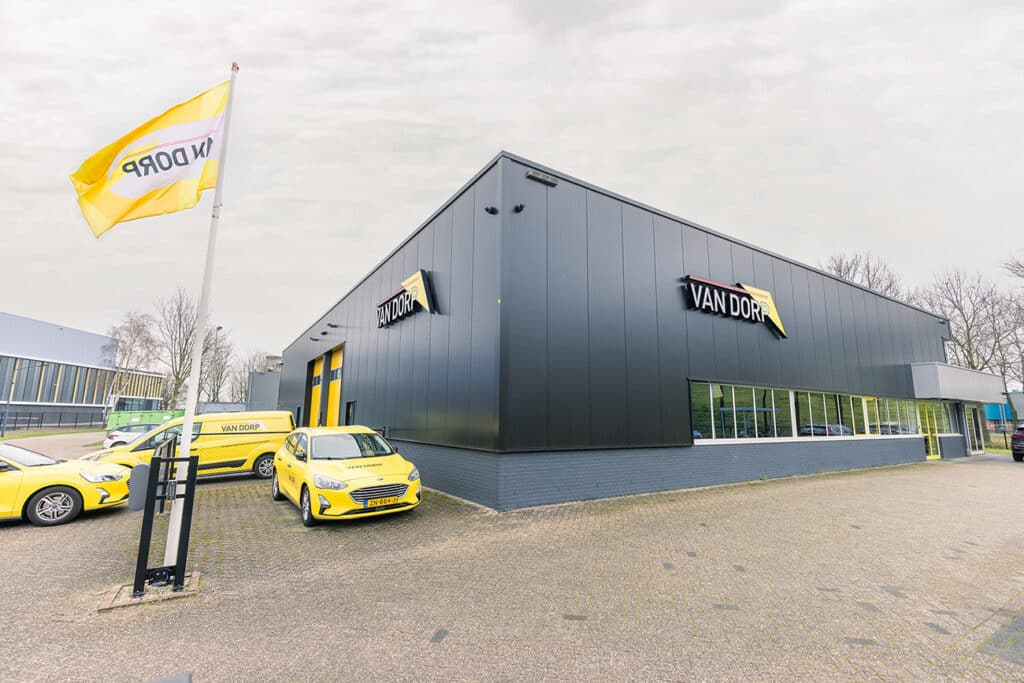
Man, building and environment
In new construction projects, the specifications and Program of Requirements are often already ready, Ten Brummeler says. "But even there we can be of great added value. For example, in the engineering phase. Within the design and construction team, we are happy to translate the installation design into a feasible and realizable execution design, taking into account the specifications, sustainability ambition, building principles and the budget of our client. Comprehensive calculations, BIM models and simulations provide insight into comfort and energy consumption at an early stage and allow fine-tuning from coarse to fine. This involved and integral way of working (together) is not only good for people, building and environment, but also results in close and long-term relationships."
Air conditioning with PCM
Following the example of heat pumps, CHP systems, heat recovery systems and associated measurement and control technologies, Ten Brummeler sees a growing interest in Van Dorp's innovative and highly sustainable Phase Changing Materials (PCM) solutions, which are very suitable for air-conditioning a building. "Clients and other stakeholders interested in this can, for example, view and discuss a climate tower with PCM at The Green Village, the 'Living Lab' of the TU Delft Campus."
Prefabricated where possible
There is also a growing focus on prefabrication, he says, where pipes, ducts and even complete skids are prepared under the best climatic and working conditions and at one central location. The installation parts are then transported ready-made and just-in-time to the construction site, where it is only a matter of assembly and commissioning. "By prefabricating wherever possible, we reduce the number of transport movements to the construction site, we can be even more efficient with time and materials, and we relieve the burden on our craftsmen on the construction site. That too is sustainability, in our opinion."
Good example
At Van Dorp, of course, sustainability is not limited to clients' buildings. "We also want to set a good example ourselves," Ten Brummeler emphasizes. "For example, by making our entire business operations CO2-neutral. All our business premises are now operating energy-neutral or energy-generating, and our vehicle fleet is almost completely electrified. What is also unique is our City Solutions (CISO) concept, in which our specialists travel to our project sites wherever possible by bicycle, electric scooter or public transportation. The low CO2-emissions that remain will be offset with the planting of our own 205-hectare forest in Uganda."
